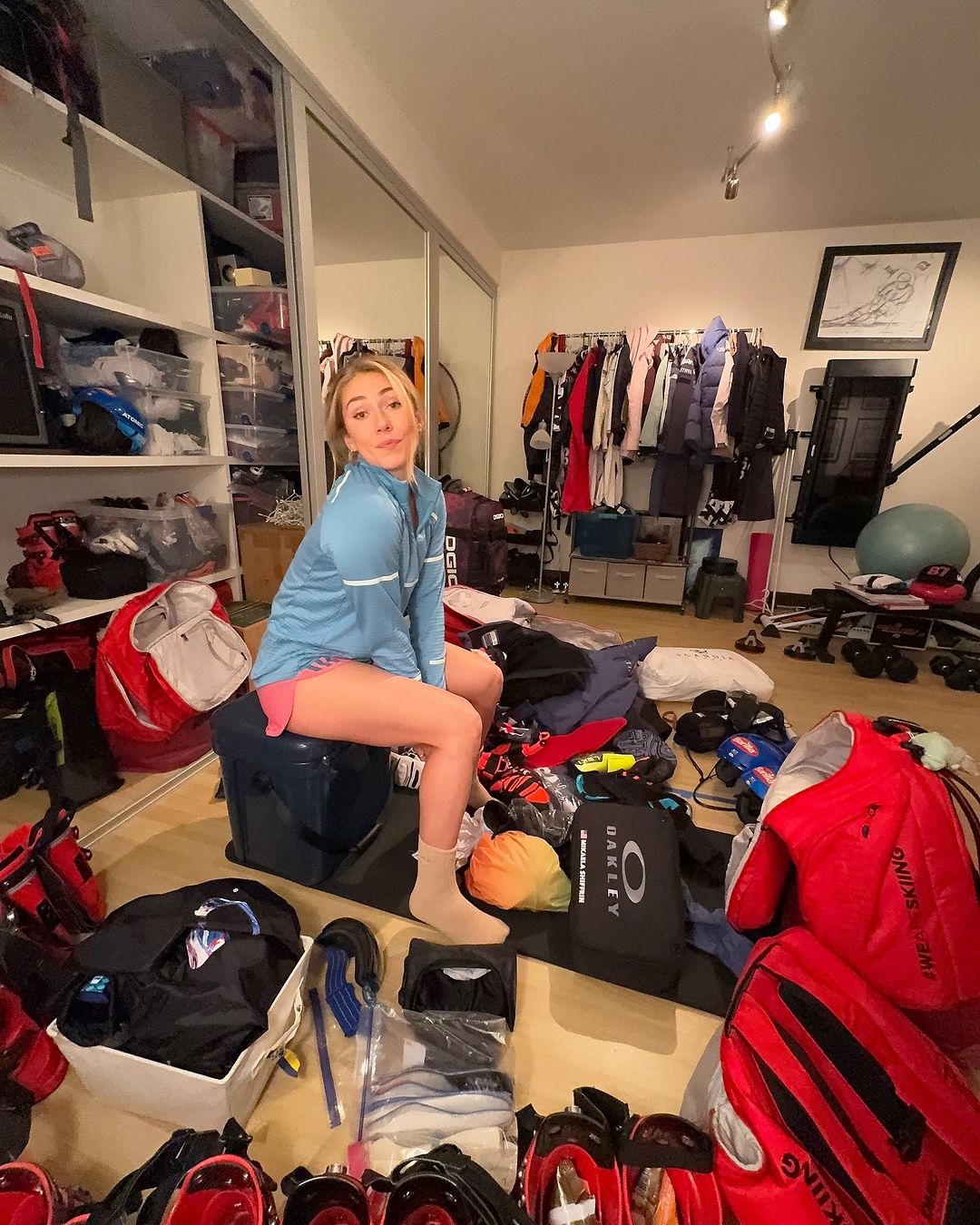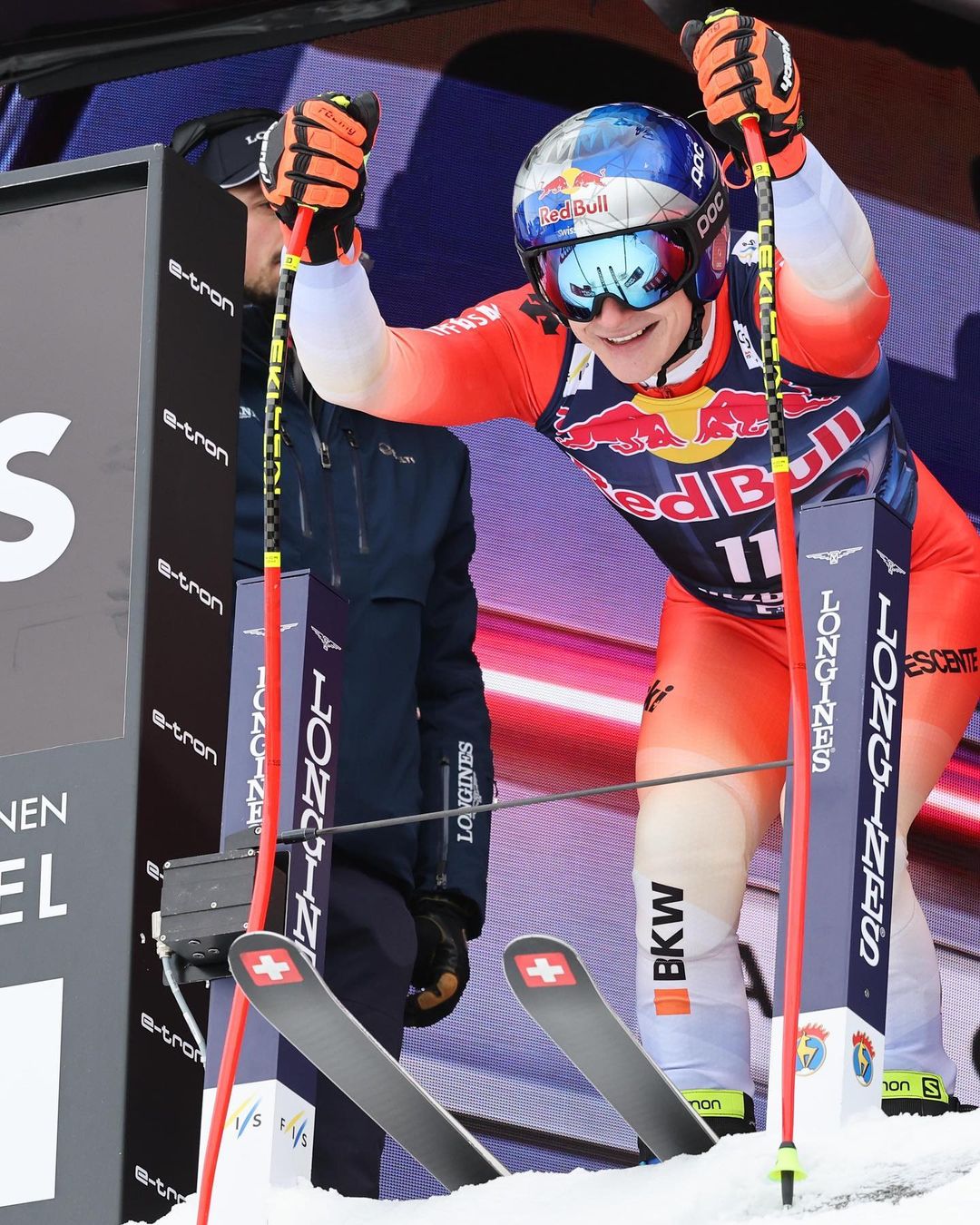
World Cup ski racing equipment is highly specialized and expensive. The International Ski and Snowboard Federation (FIS) sets limits and specifications for the types of equipment racers can use. Outfitting a ski racer is more complex than it appears. When a racer kicks out of the start house, the retail cost of their gear for that one race can easily reach or exceed $6,000.
This equipment is available to the general public, and many people use race equipment, including competitive racers at the junior to FIS levels, Masters, and former racers. Let’s look at equipment categories and costs associated with modern racing.
- Related Article: Skiing and Snowboarding Are Amongst the Most Expensive Sports for Kids, Study Finds
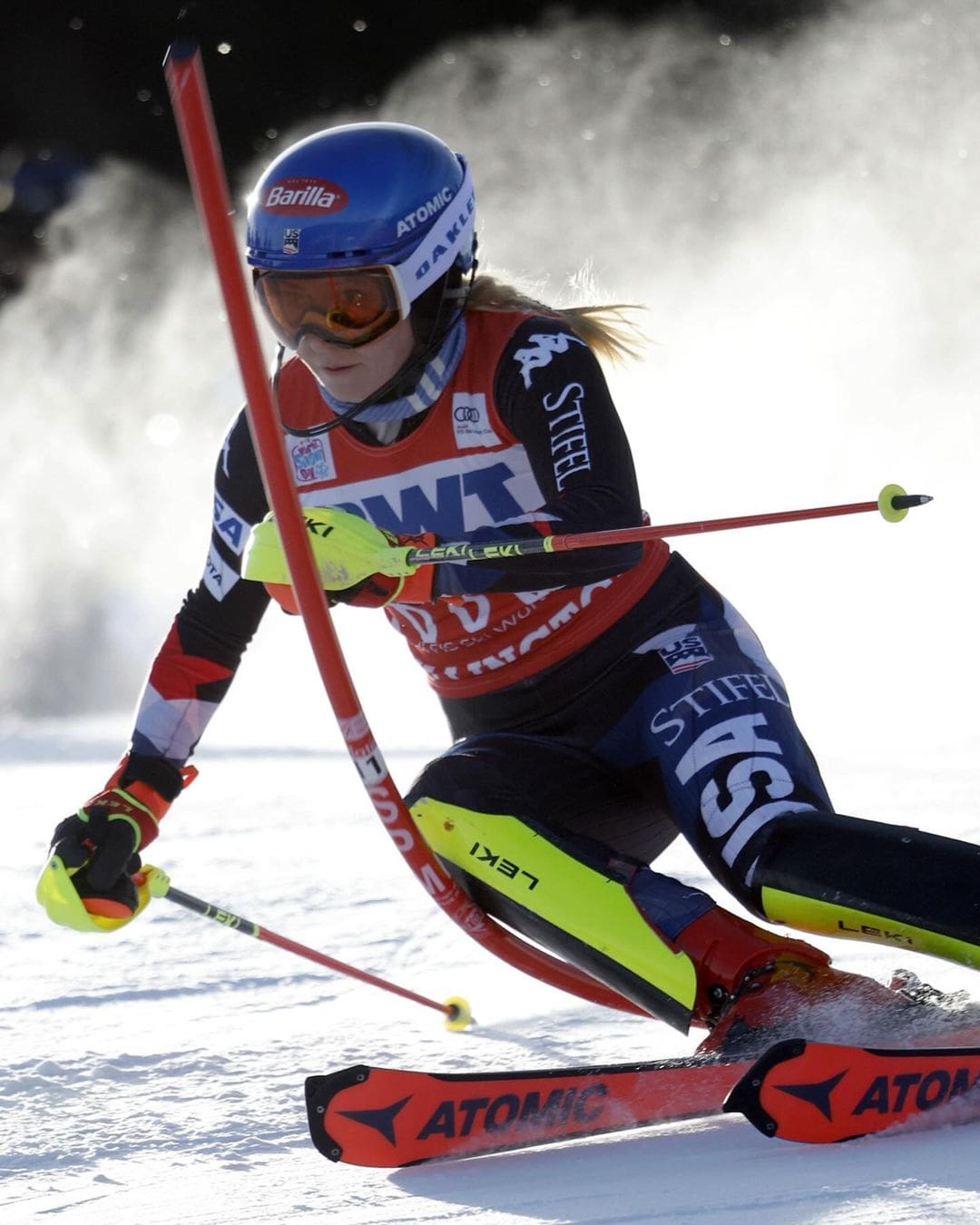
The best place to start is with race skis, the most visible piece of equipment. “The finest skis in the world are made for alpine racing,” Jackson Hogen from Real Skiers wrote. Before the design of modern-shaped skis, non-racers used race skis as they were the only high-performance product available for advanced and expert skiers. Many ski shops no longer carry race skis. Most American skiers are not interested in using narrow skis designed to excel in hardpack conditions. Race skis are now considered a specialized product but can be easily found in race-oriented shops and on the internet.
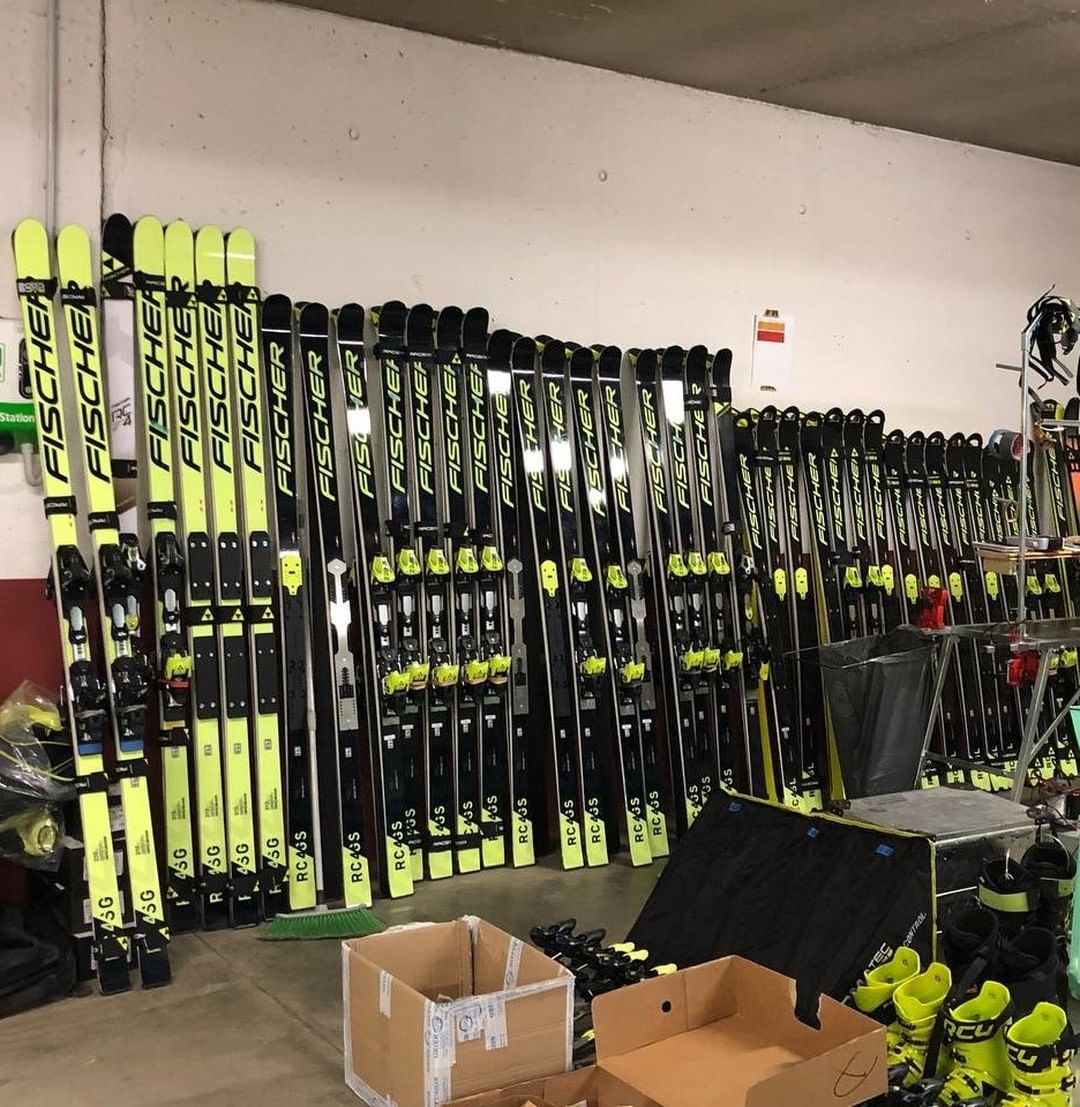
The FIS has set design specifications for turn radius and size. Modern race skis are designed for Slalom, Giant Slalom, Super-G, and Downhill events. World Cup racers have their skis customized to meet their requirements. Skis may have different flex patterns and bases for cold or warm temperatures. Non-World Cup racers in high-end programs may deal directly with factory representatives for specialized equipment. Racers may have 10 or more pairs of discipline-specific skis. A multi-event racer may have well over 50 pairs of skis to use during the season. Non-World Cup skiers can buy off-the-shelf race equipment that will meet FIS and United States Ski and Snowboard (USSA) requirements. Major manufacturers of race skis available to U.S. consumers include Atomic, Dynastar, Fischer, Head, Kästle, Nordica, Rossignol, Stöckli, and Völkl. The retail costs for those types of skis range from $900-$1,500 per pair.
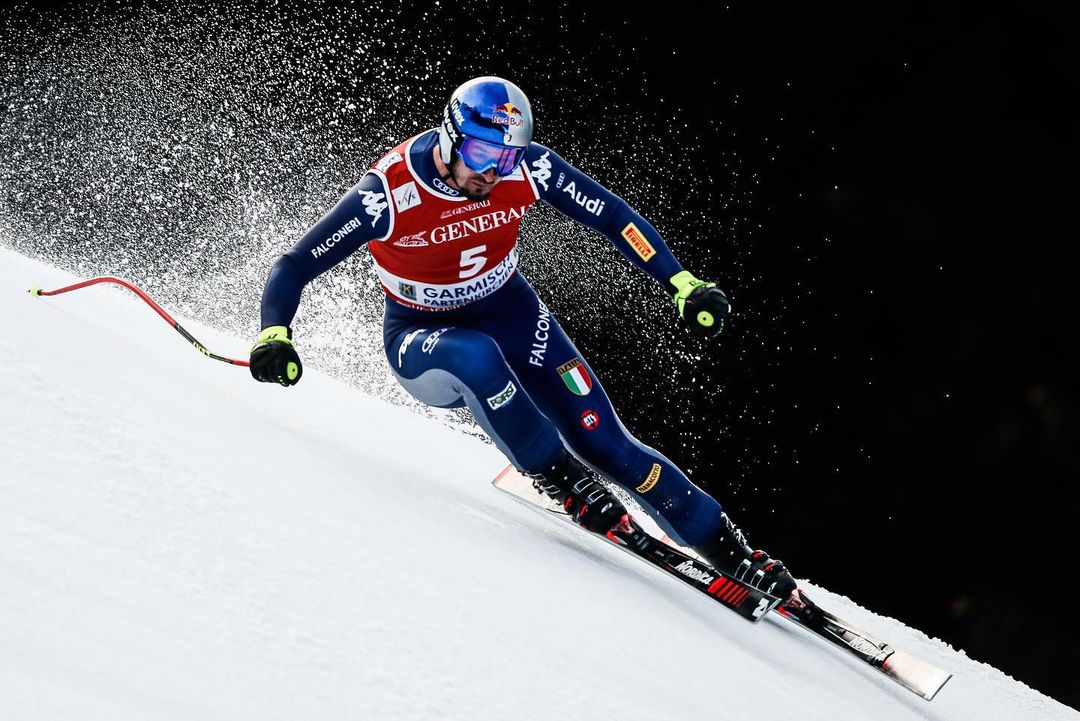
Companies that manufacture race skis pair them with race plates and bindings. Most skis come with the race plate already mounted, but some ski brands require the customer to purchase the plates separately, which costs around $180 per pair. The plate stiffens the ski and raises the racer off the snow, providing better leverage for edging and preventing boot out; that is when the racer’s boot hits the snow due to high angles generated during a turn. Major manufacturers of race bindings available to U.S. consumers include Atomic, Fischer, Head, Look, Marker, and Salomon. The retail costs for bindings range from $280-$500 per pair.
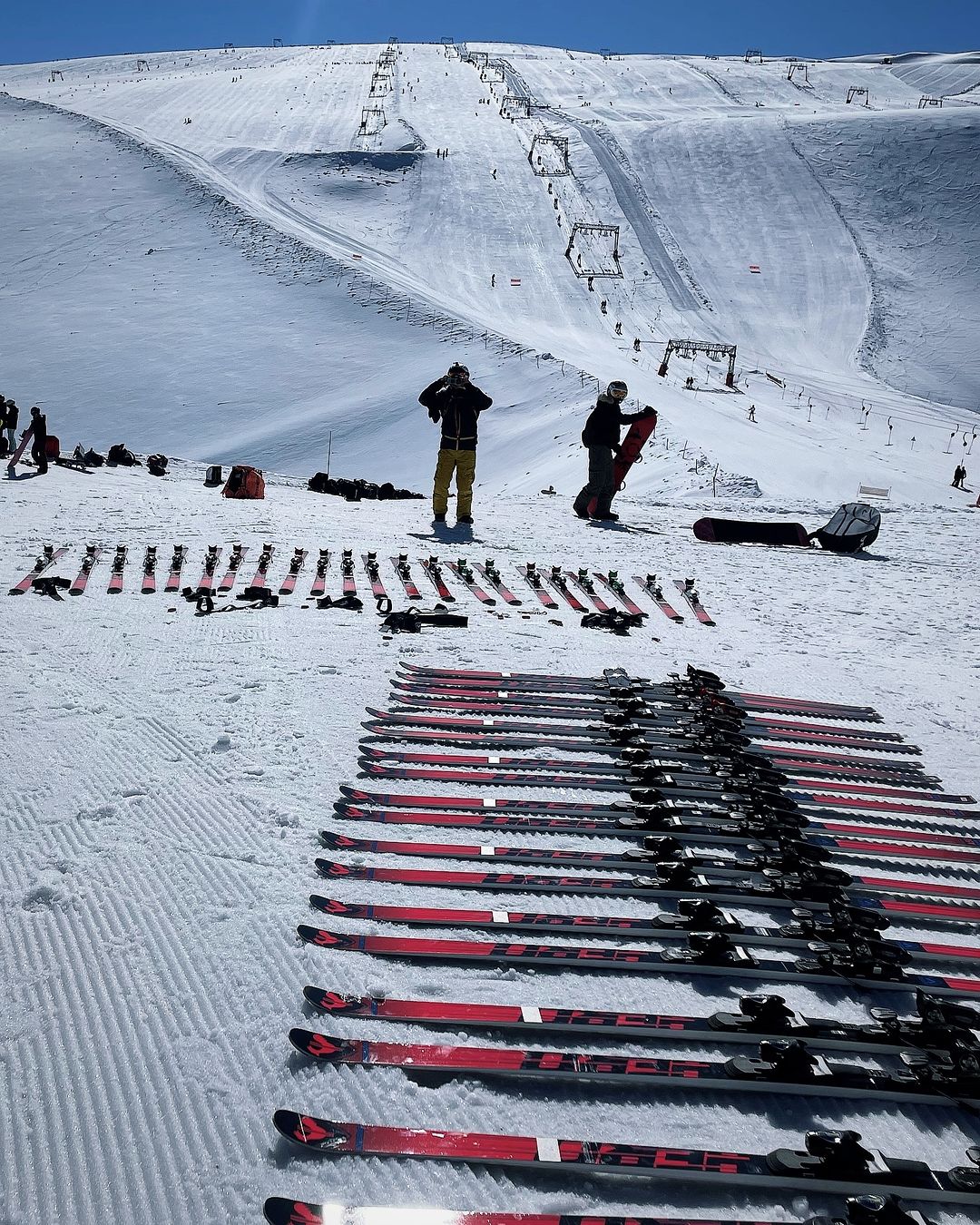
In the modern era of skiing, ski boots may be the most important piece of equipment one owns, especially for racers. Precise fit, advanced plastics technology, and differing degrees of stiffness define the current race boot. Major ski brands manufacture or contract with a boot manufacturer for their sponsored athletes. Race boots require customization after purchase to fit each racer’s foot comfortably and to meet FIS stand height regulations. Major manufacturers of race boots available to U.S. consumers include Atomic, Dalbello, Fischer, Head, Kästle, Lange, Nordica, and Rossignol. The retail cost for racing boots ranges from $700-$1,000 per pair.
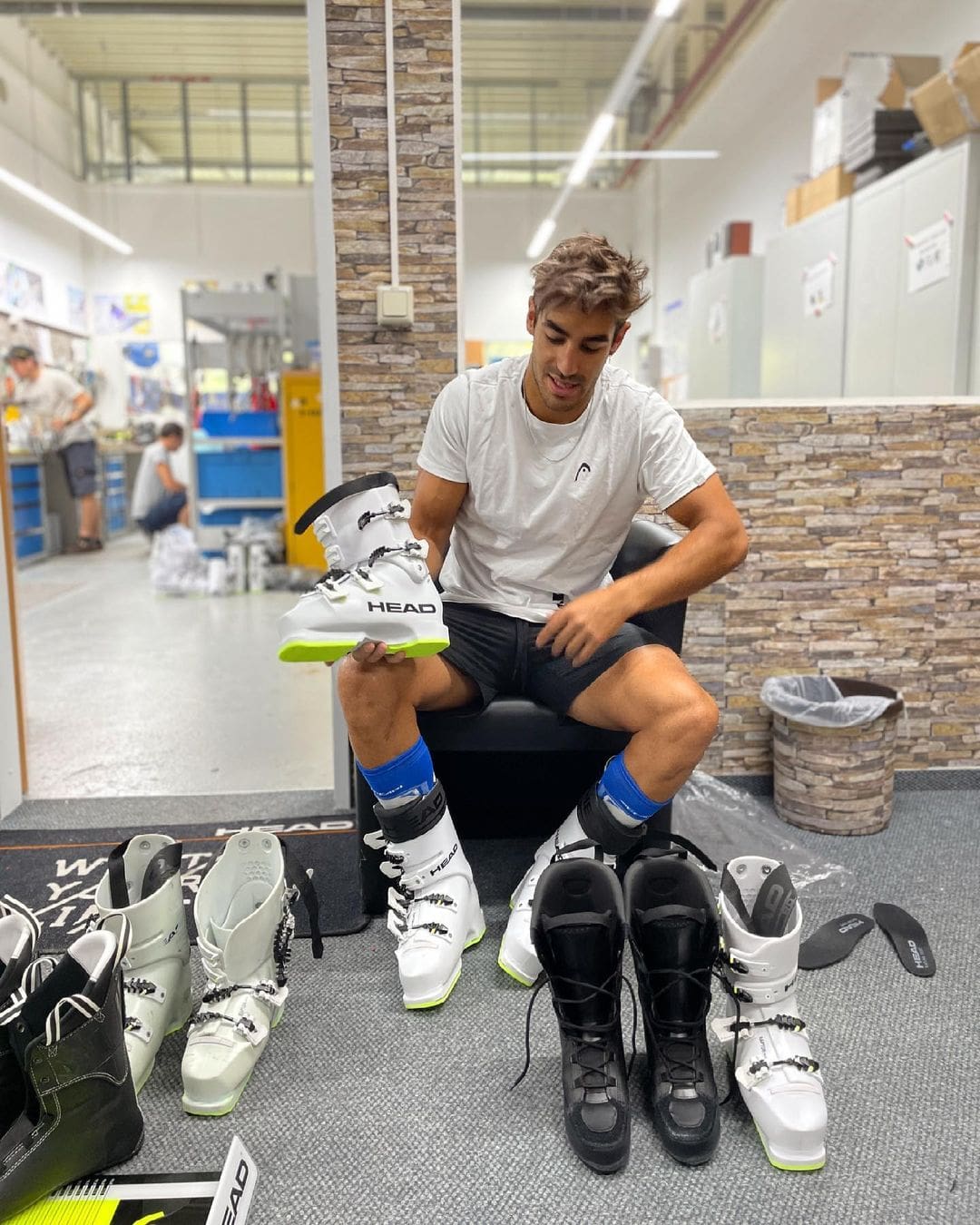
Racers use specialized poles made from aluminum or carbon fiber. Slalom poles come with special hand protectors. Giant Slalom Poles can be straight or have a slight aerodynamic bend. Super-G and Downhill poles have a more significant aerodynamic bend, which wraps the pole around the racer’s body when they are in a tuck. Major manufacturers available to U.S. consumers include Leki, Komperdell, Rossignol, Gabel, and Swix. The retail costs for poles range from $100-$300 per pair.
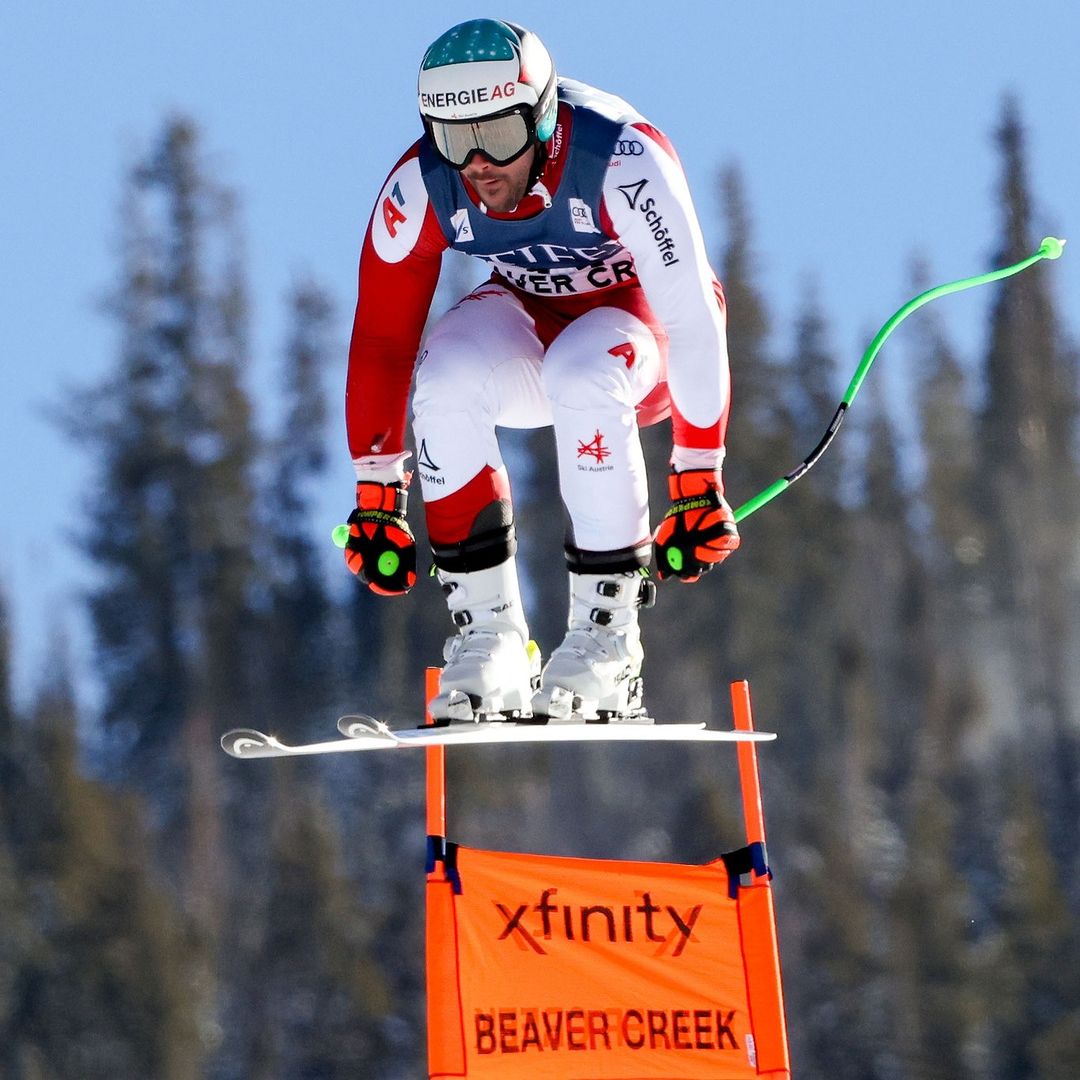
The aspiring racer is not done after securing the first necessary tranche of hardware (skis, boots, bindings, and poles). They need specialized protective gear as well. No one is allowed to race without using FIS-approved helmets. Slalom helmets, with their soft ear design and chin protectors to protect from the breakaway gates, differ from the hard-ear helmets mandated for the other disciplines. All helmets utilize modern safety standards. The most salient feature of race-approved helmets is their use of Mips®, a system integrated into the ski helmet that helps to protect the brain from sustained damage during the initial impact of a fall. Approved helmets will have a FIS-approved sticker on them to denote they meet safety specifications. Major manufacturers of helmets available to US consumers include Atomic, Briko, Giro, Head, Oakley, POC, Rossignol, Shred, Smith, Sweet Protection, and Uvex. The retail cost for helmets ranges from $200-$450.
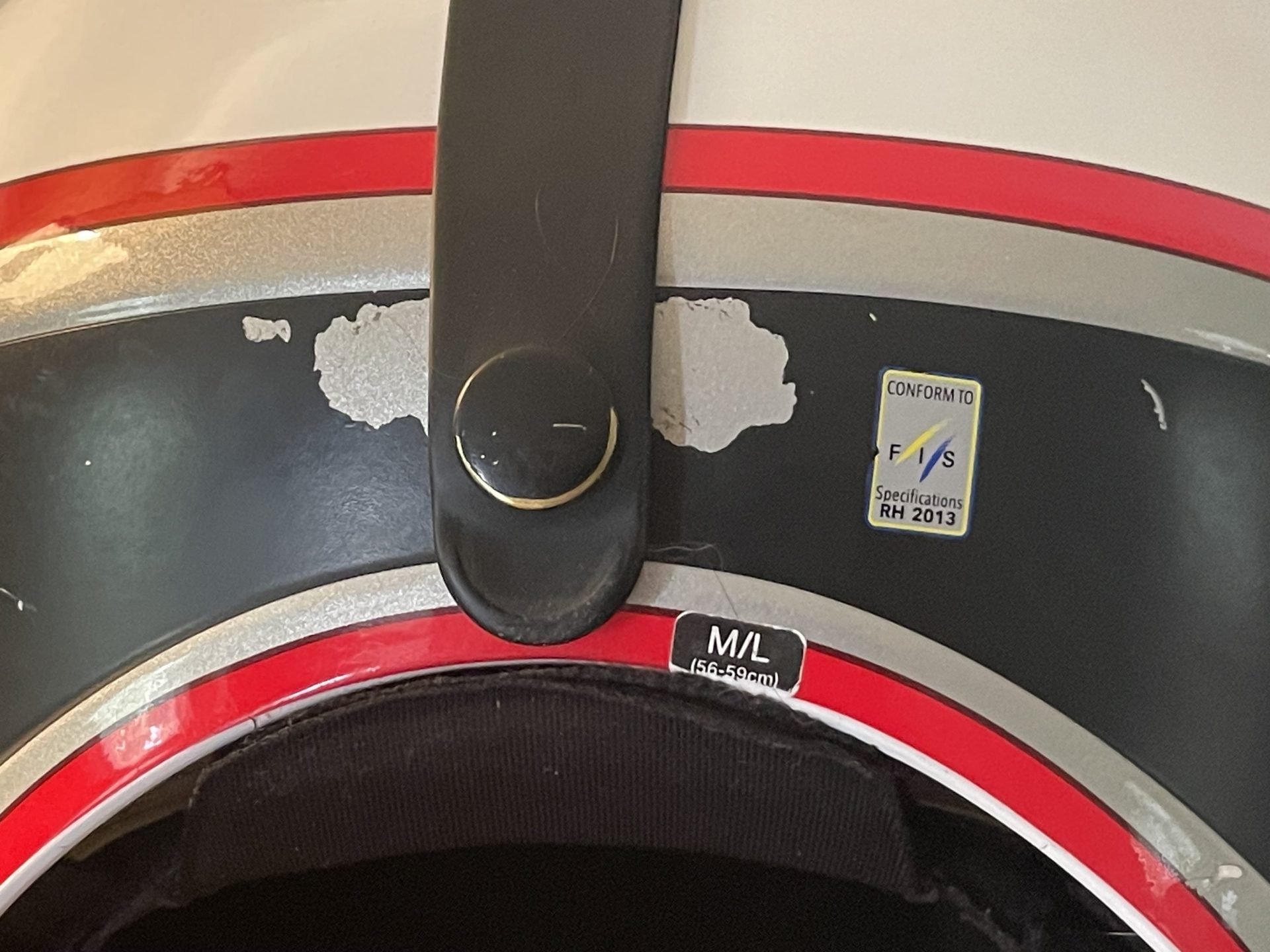
Goggles provide racers with important eye protection when skiing at high speeds. Goggles prevent the racer’s eyes from watering, and polarized lenses protect the racer from bright sun or enhance vision with flat light. It’s not uncommon to see a racer choosing from multiple pairs of goggles at the race start to best match the lens to the lighting conditions. Some systems allow you to switch out lenses rather than changing goggles, like ZipLine goggles. The only FIS requirement for goggles is that they cannot be shaped to provide an aerodynamic advantage. Many manufacturers make goggles, including Bolle, Briko, POC, Oakley, Revo, Giro, Shred, Smith, Sweet Protection, and Xevo. The retail cost for goggles ranges from $150-$300 per pair.
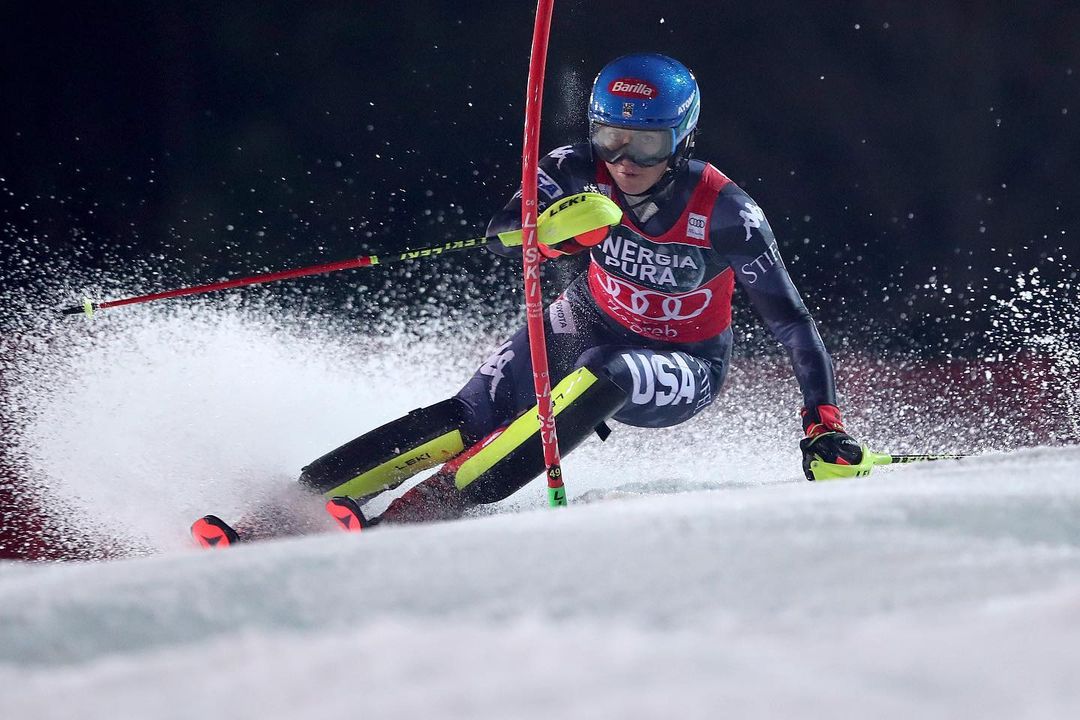
Ski racing is a high-speed, high-risk sport. Given the risk of injury, many racers use additional protection depending on the event. Racers use body armor, including pole, shin, and forearm guards. Materials range from hard plastic to plastic reinforced with carbon. While shin guards are necessary for modern Slalom, forearm guards are also popular with Giant Slalom and Super-G racers. Major manufacturers of shin and forearm guards available to U.S. consumers include Dainese, Komperdell, Leki, POC, Rossignol, and Shred. Shin guards retail costs range from $150 to $400 per pair, and forearm guards retail costs range from $150 to $300 per pair.
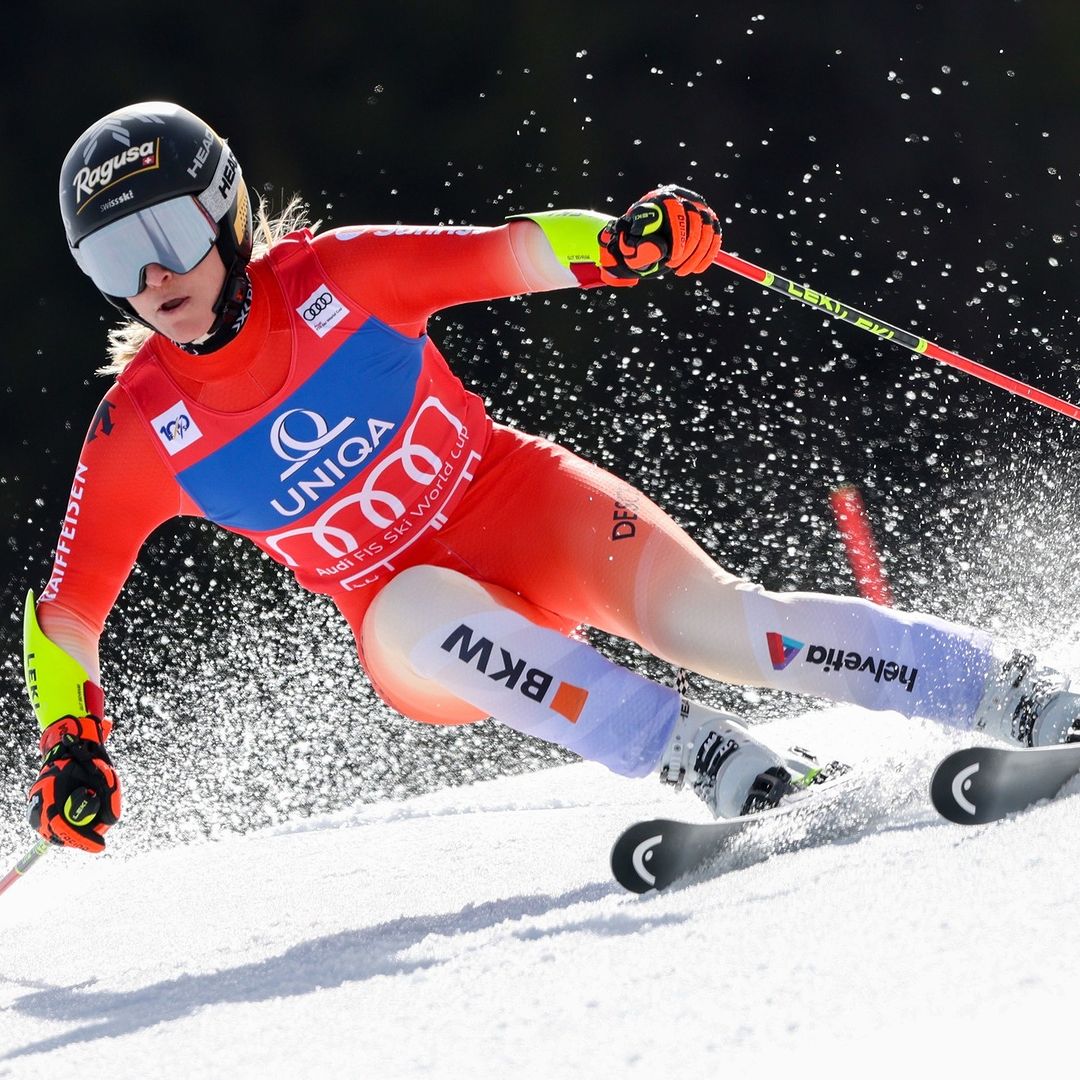
Along with external body armor, racers wear several products under their suits to protect from injury, including back protectors, padded tops, and even airbags. Major manufacturers of back protectors and padded tops available to U.S. consumers include Atomic, Dainese, POC, Shred, and Sweet Protection. The retail costs range from $120 to $250.
Dainese has created the D-Air Ski Protector Airbag in response to the dangers of high-speed falls in Downhill and Super-G. During a high-speed fall, the airbag will inflate, helping to protect the racer’s torso and head. An early adopter of this product was Sofia Goggia, World Cup Downhill Globe winner and Olympic Gold Medalist for the Italian Ski Team. To increase safety for competitors, FIS has mandated the use of airbags for all Downhill and Super-G skiers for the 2024/25 season. This system is available to U.S. racers and costs $1,649.
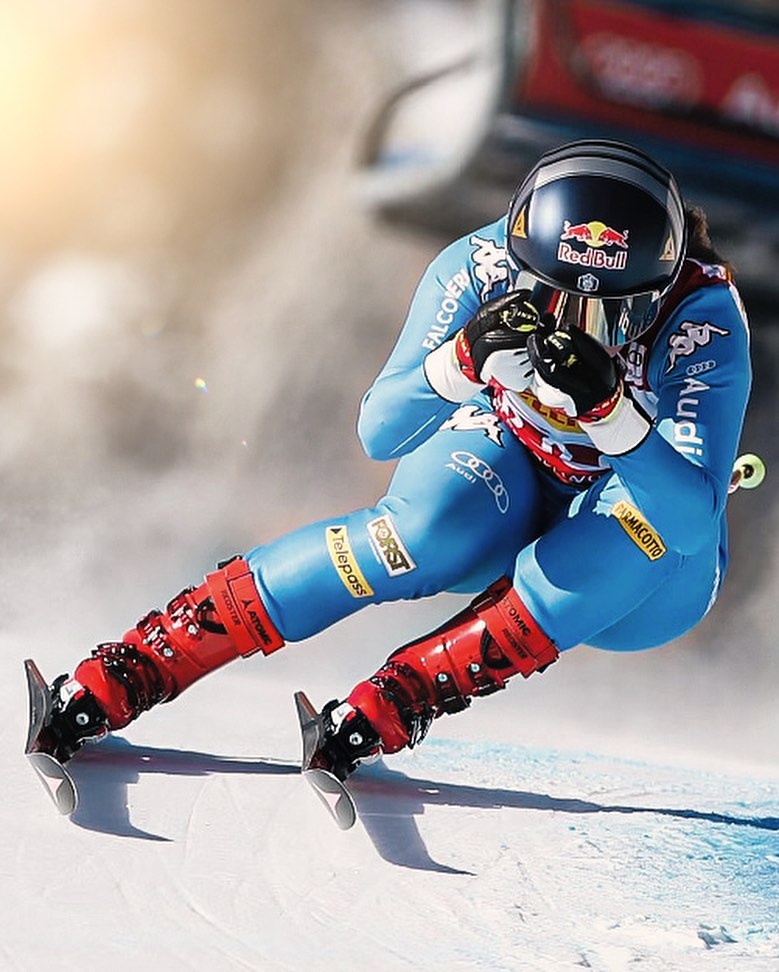
Fans of modern ski racing are used to seeing racers wearing one-piece aerodynamic suits designed to maximize speed. “I used to travel the world with a spandex race suit trying to be fast,” Aksel Lund Svindal, retired Norwegian ski racer, wrote on his Instagram page. These suits must pass the FIS required 30ml air porosity requirement and have an approved FIS tag placed on them after testing. Suits may be padded (used in technical events) or unpadded (used in technical and speed events). Major manufacturers of race suits available to U.S. consumers include Arctica, Aspire, Borah, Colmar, Descente, Energiapura, Helly Hansen, Kappa, Karbon, POC, Phenix, Spyder, and SYNC. The retail costs range from $450-$1,400 per suit.
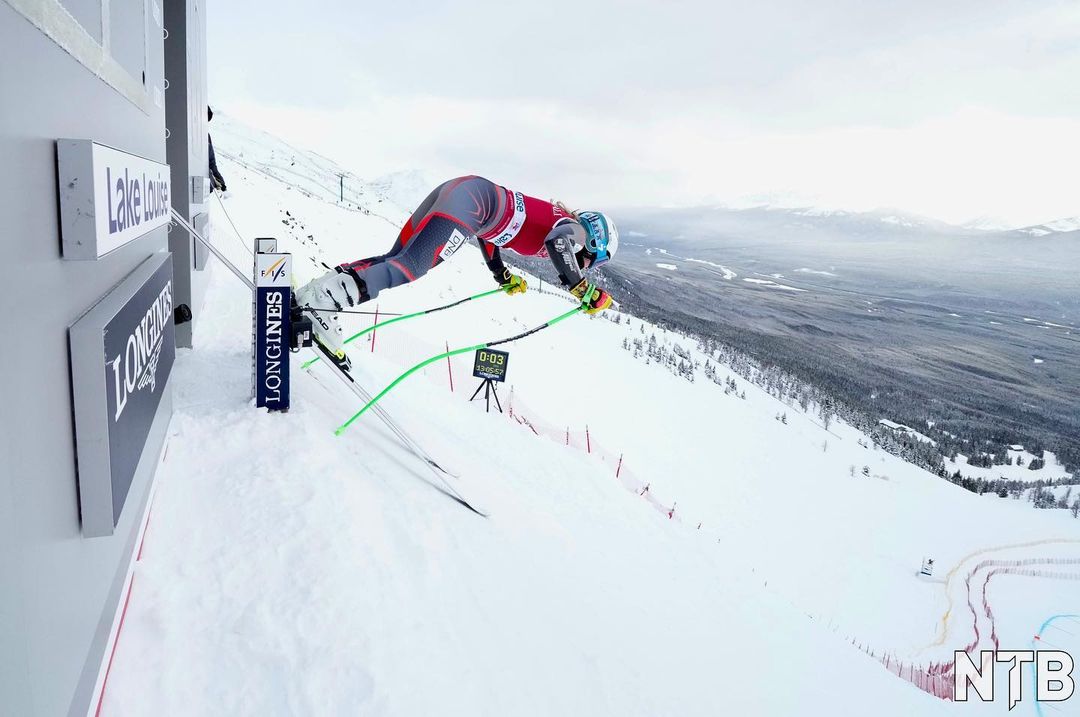
Skiers know the importance of base layers as they provide warmth and, in the case of compression wear, support. Given how sharp racers keep their edges, there is the potential for life-threatening cuts that can occur during falls. New technology has created cut-resistant base layers; both tops and bottoms are now used by many racers. For the 2024/25 season, the FIS has explicitly recommended that racers use cut-resistant base layers. This will be mandatory for all disciplines starting in the 2025/26 season. Major manufacturers of cut-resistant base layers available to US consumers include Achilles Alpine, Energiapura, Helly Hansen, POC, Spyder, SYNC, and Vix. The retail costs range from $170-$450 per garment.
No one wants cold hands when skiing, and racers are no exception. Racers use padded gloves and mittens to protect their hands from impact injuries. Major padded gloves and mittens manufacturers include Auclair, Hestra, Leki, Level, Reusch, and Shred. Their retail costs range from $150-$360 per pair.
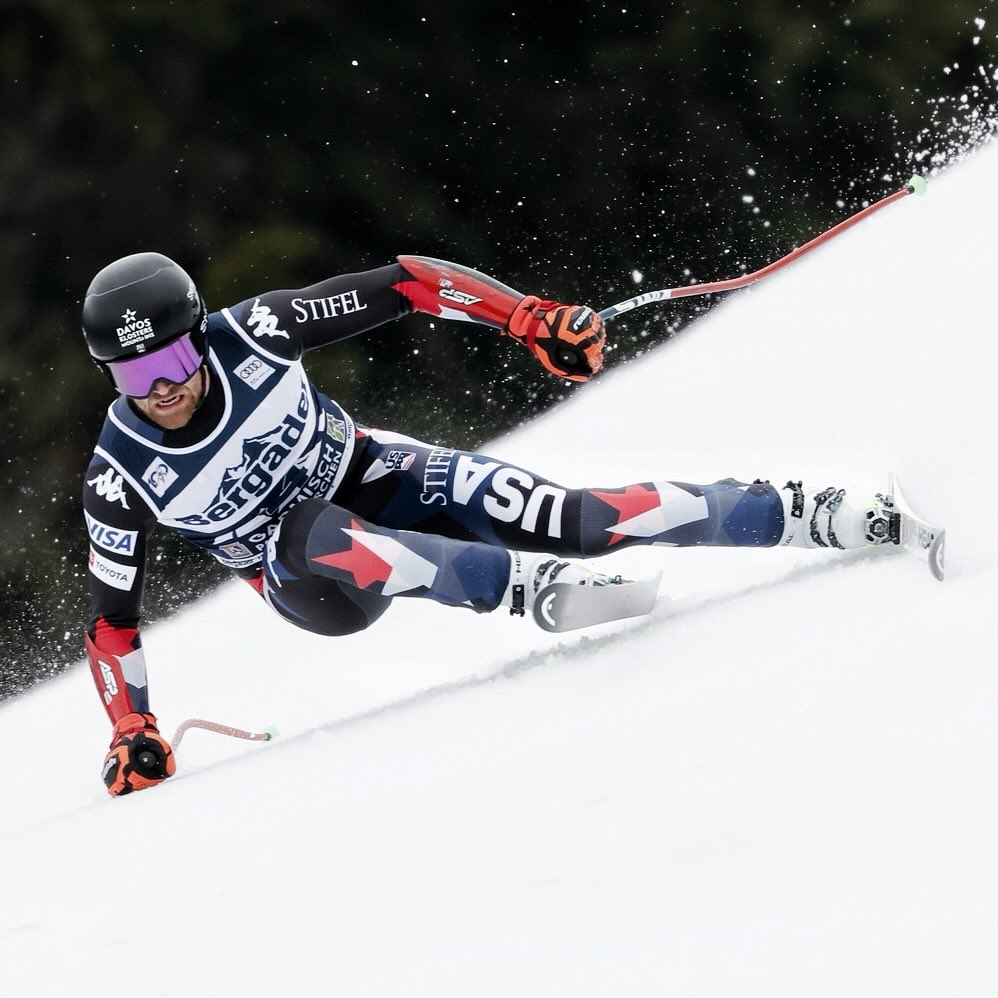
Estimated Average Race Equipment Costs
| Discipline | Equipment | Protective Gear | Clothing | Total |
| Slalom | $2,350 | $1,125 | $1,580 | $5,055 |
| Giant Slalom | $2,350 | $950 | $1,580 | $4,880 |
| Super-G & Downhill | $2,350 | $2,149 | $1,580 | $6,079 |
There are significant costs associated with the specialized equipment needed for racing. Costs will vary between disciplines due to protective gear, but technically, a ski racer requires at least $5,000-6,000 worth of material for a single race. These costs ratchet up quickly over a whole season. World Cup racers will generally have seven to 10 pairs of skis per race discipline and additional boots, poles, goggles, and clothing. Their sponsorships with manufacturers offset these costs, and their race suits and outerwear are provided by their National Federations.
When asked by a fan on Instagram how many pairs of boots she uses, Mikaela Shiffrin replied: “I have 2 pairs for SL (one in use and one backup), 2 for GS (same deal), 2-4 for speed depending if I want something more aggressive or less aggressive for SG vs DH.” If you add up the costs of several pairs of ski boots and a couple of dozen skis, you quickly understand the importance of sponsorship for these athletes. Some athletes will have direct sponsorship contracts with companies, while others are kitted out through the national equipment sponsor pool. Otherwise, they would face tens of thousands of dollars in expenses to compete. It does show the struggle that aspiring athletes or those who have been dropped from national teams and compete as independent skiers face. Many young, aspiring ski racers have to quit for financial reasons, as their parents are unable or unwilling to keep supporting them financially.
While it may be considered a niche product in the modern era of skiing, aspiring racers and skiers who want to use race equipment can find everything they need between specialty shops, the internet, and ski swaps. This high-performance equipment is available in most specialized race shops, and for those with the skills to harness it, it is fun to use.
